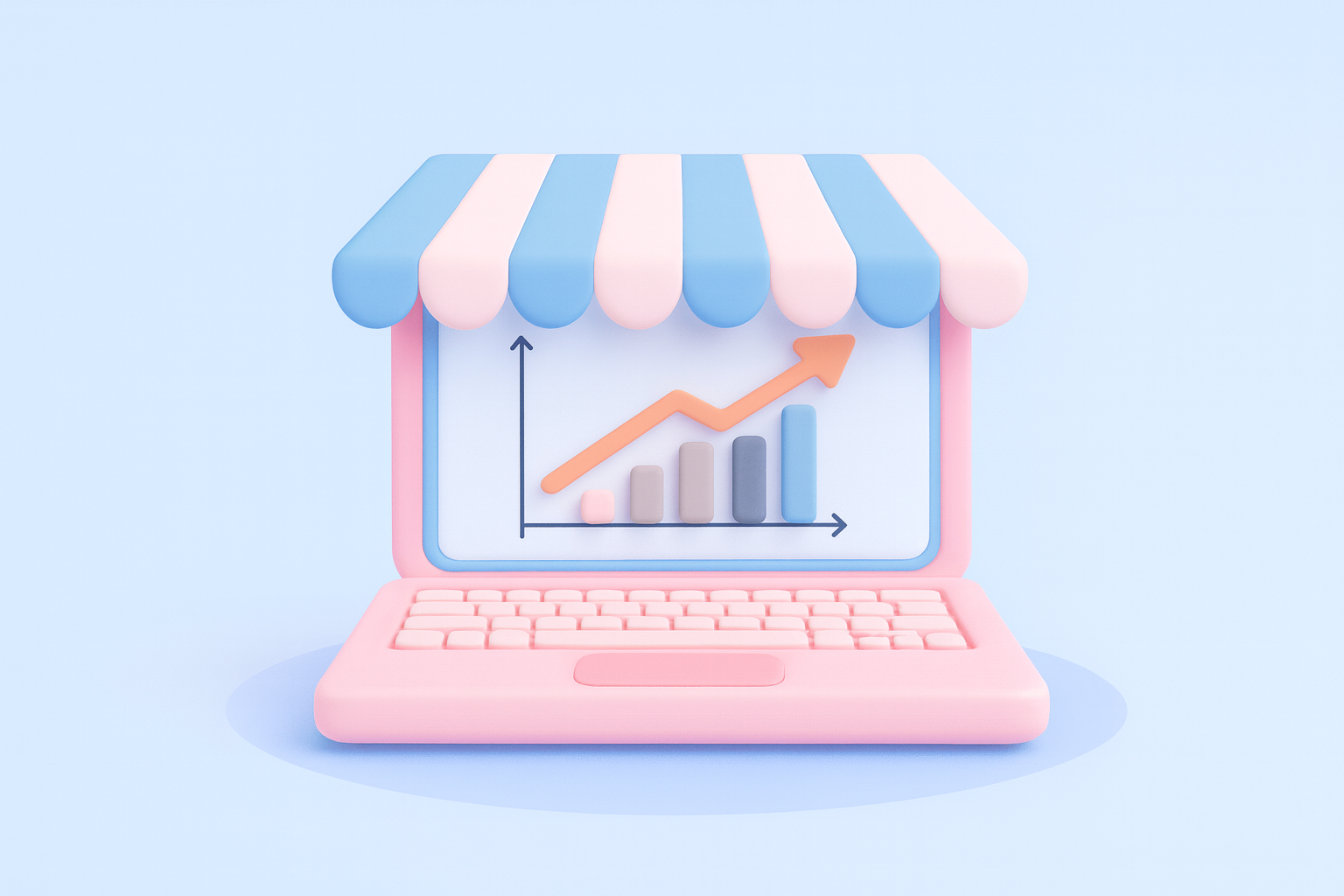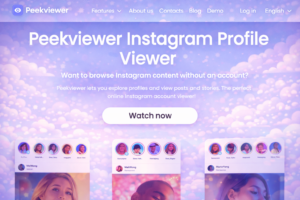Customer behavior is liked to be grasped more than ever in the current cutthroat retail climate, as the market is inclined toward constant changes due to the arrival of digital transformation and changing consumer preferences.
With many options available to consumers, some of them have short attention spans and increased expectations from retailers who are under constant pressure to engage and retain customers.
Shopper behavior implies the study of the methods whereby people select, buy, use, and dispose of goods and services, and hence provide feedback to the retailers concerning the matters of improving customer satisfaction, creating loyalty, and increasing sales.
Importance of Understanding Shopper Behavior
The decision-making procedures customers use to find, choose, buy, and assess goods and services are all included in the category of “shopper behavior”.
Retailers can gain strategic benefits by comprehending this behavior. In the business, client demands may be predicted using motives, values, and lifestyles for better demand forecasting.
Experiences may be referring to customized offers and/or messaging, and store designs, for particular customer segments.
Recognizing friction and pain points that retailers may create, along with designing seamless experiences between online and offline channels, would build better retention and loyalty; the ethical stand of the company, building upon customer expectations.
After that, the data generates income expansion through providing suppliers with the knowledge that they can be trusted advisors who establish deeper emotional and intellectual connections with their buyers, thus creating more possibilities for them to be converted and increasing the average basket sizes.
5 Key Factors Influencing Shopper Behavior
Personal Factors
On the shopping behavior of consumers, their personality, money, and age have a significant impact.
Consumption differs depending on buying power; the elderly prefer shopping with the help of the staff, the younger generation puts digital convenience first, and the methods of interaction change depending on whether the buyer is planned or impulsive.
Psychological Factors
Perception, motivation, experience, and beliefs all have a significant impact on consumer behavior.
Though shopping decisions are primarily influenced by needs and wants, the brand, store, and product presentation affect the consumer’s perception.
One important thing is consistency, as past experiences, whether positive or negative, have a significant influence on future decisions.
The purchasing decisions of consumers are also increasingly impacted by their changing moods and attitudes.
For example, moods and attitudes are connected with the environment, a healthy lifestyle, and moral attitudes.
Retailers capable of knowing and applying these psychological attributes in creating loyalty and trust can find themselves as leaders in the market and establish lucrative, long-term futures.
Social Influences
Consumer decisions are often shaped by peer groups, families, and friends who provide group decision-making and recommendations.
Influencers and online reviews impact younger audiences more than any other demographic; luxury companies are purposely making it as difficult as possible for customers to advocate for their products so that they appear as symbols of status.
They play on desiring wealth and make unique and expensive offerings in order to attract aspirational customers who are looking for recognition and an identity.
Cultural and Demographic Factors
Seasonal demand reflects the influence of cultural values and is mainly based on local traditions and holidays.
Consumer preferences of demographics like age, gender, income, and education are influenced.
Moreover, consumer spending and the decision-making process are affected by lifestyle patterns such as digital participation and health awareness.
Situational Factors
The store’s lighting, music, and temperature all influence the consumers’ mood and the duration they stay.
Although the limited time usually results in the buying of some impulsive items, aspects of the store, such as nearness, delivery, and fast checkout, which are convenient for the customer, make the latter loyal to the store and have more promotional bundles and sales of convenience goods.
Shopper Behavior in the Digital Age
Consumer behavior has been altered by the rapidly growing worlds of e-commerce, mobile technology, and slightly less recent omnichannel strategies, with a preference for seamless integration between physical and virtual channels.
In the first place, customers enjoy getting the same experience across all platforms, and they are doing more research on the Internet prior to making those in-store purchases, Research Online Purchase Offline, aka ROPO.
Customers are using their smartphones increasingly at the point of decision-making to assess options.
Even though consumers are more conscious than ever regarding sustainability & transparency in their buying practices, with ethical sourcing, environmentally sustainable packaging, or transparent pricing, the improved development of artificial intelligence, like chatbots & customized suggestions, is about companies engaging customers through personalization.
Therefore, those things can actually go together, which may drive merchants to continue advancing their practices to adapt to the newly developing opportunities resulting from consumer behavior to yield some element of efficiency, effectiveness & ethics.
Strategies to Improve Retail Experience Using Shopper Behavior Insights
1. Personalization at Scale
E-commerce data analytics can help retailers leverage their previous purchases, browsing behavior, and loyalty program usage in order to reach consumers.
Customers are guaranteed to appreciate promotions based on very personalized recommendations, relevant real-time opportunities, such as custom discounts or bundles offered when a customer first appears on an e-commerce website, and marketing messages directed to them via email or push notification that are relevant to that customer, then leading to happier customers and increased sales.
2. Optimizing Store Layout and Design
Using end caps for promotions and positioning in-demand items toward the back to promote browsing are two ways that effective retail design increases sales.
Emotional connections are cultivated by captivating visual merchandising and narrative, while the shopping experience is improved and exploration is stimulated by easy navigation made possible by well-marked aisles, rational product grouping, and clear signage.
3. Enhancing the Omnichannel Experience
Generally, omnichannel projects are improving customer experience by offering click-and-collect services for online purchases with in-store pickup.
On the one hand, connected loyalty programs let customers gain and use points without difficulty, which results from the mixing of physical and digital touchpoints for better convenience and interaction. On the other hand, a uniform look and feel throughout different channels leads to customer trust.
4. Leveraging Technology
Retailers use AI and predictive analytics to automate the restocking of inventory to a certain extent and anticipate future demand.
For instance, these almost automated checkout methods, such as self-service kiosks, mobile wallets, and stores without cashiers, do not merely attract the retailers, but also facilitate the transactions, which is one of the main reasons why customers no longer have to wait in line.
Moreover, customers can use augmented reality and virtual reality technologies to have virtual previews of products.
5. Creating Emotional Connections
For brands, the appeal of buyers lies in stories that present the preservation of the environment, sustainability, or where the product comes from.
Exceptional and loving customer service might be what turns sporadic buyers into brand-loyal, lifetime customers, while participation in the community through events, workshops, and loyalty clubs might become the vehicle to move customers from being simple consumers to feeling that they belong to a larger community.
6. Encouraging Impulse Purchases
Point-of-sale promos for impulsive purchases, time-limited deals to generate urgency, and cross-selling or upselling tactics that recommend related goods to increase purchase value and entice customers to try more products are all ways that retailers increase sales.
Driving Sales Growth Through Shopper Behavior Insights
Retailers can boost sales and cultivate enduring customer loyalty by analyzing consumer behavior.
Businesses may increase conversion rates and convert surfers into consumers by comprehending triggers like specials, urgency, or product bundling.
By recognizing goods that are commonly bought together, behavioral insights also help with cross-selling and upselling by enabling strategic suggestions and packaged offers.
Simplified checkout procedures, prompt reminders, and rewards like free delivery may all help lower cart abandonment.
Exclusive deals and customized loyalty awards promote recurring business, resulting in devoted clients who frequently act as brand ambassadors.
The use of behavioral insights encourages a firm’s sustainable development, opens up better experiences for customers, and facilitates more intelligent decisions.
Artificial Intelligence (AI) in the Retail Market
Artificial intelligence (AI) in the retail market is changing the world of retail as we know it, as governments across the globe are actively facilitating integration by developing policies, making investments, and creating regulatory frameworks.
For example, the National Retail Federation has formed an AI Working Group composed of over 100 retail companies to help develop best practices and governance around AI use.
AI-powered hyper-personalization will give merchants the capability to anticipate client needs before they are articulated.
Physical retail will enhance digital and physical interactions with a focus on sustainable purchasing habits, while also assessing organizations around their social and environmental impact.
AI-assisted and voice-activated commerce will increase transactional ease and interactivity.
Retailers will better understand real-time consumer emotions through biometrics and sentiment analysis, thanks to emotional analytics, and will be able to develop experiences that are more immersive and adaptive.
According to Pristine Market Insights, understanding consumer behavior is now essential to modern retail success; it is no longer optional.
Retailers will develop experiences that engage consumers, develop loyalty, and drive sales by investigating the areas, influences, and trends that define a consumer’s decision-making process.
Behavioral insights help brands establish a competitive advantage in a cluttered marketplace, from omnichannel choices, emotional ties, and tech integration to personalized solutions.
Brands embracing consumer behavior in their approach will succeed as retail continues to change.
Retailers that know their customers are creating long-term growth, relationships, and experiences by selling more than just a product.









